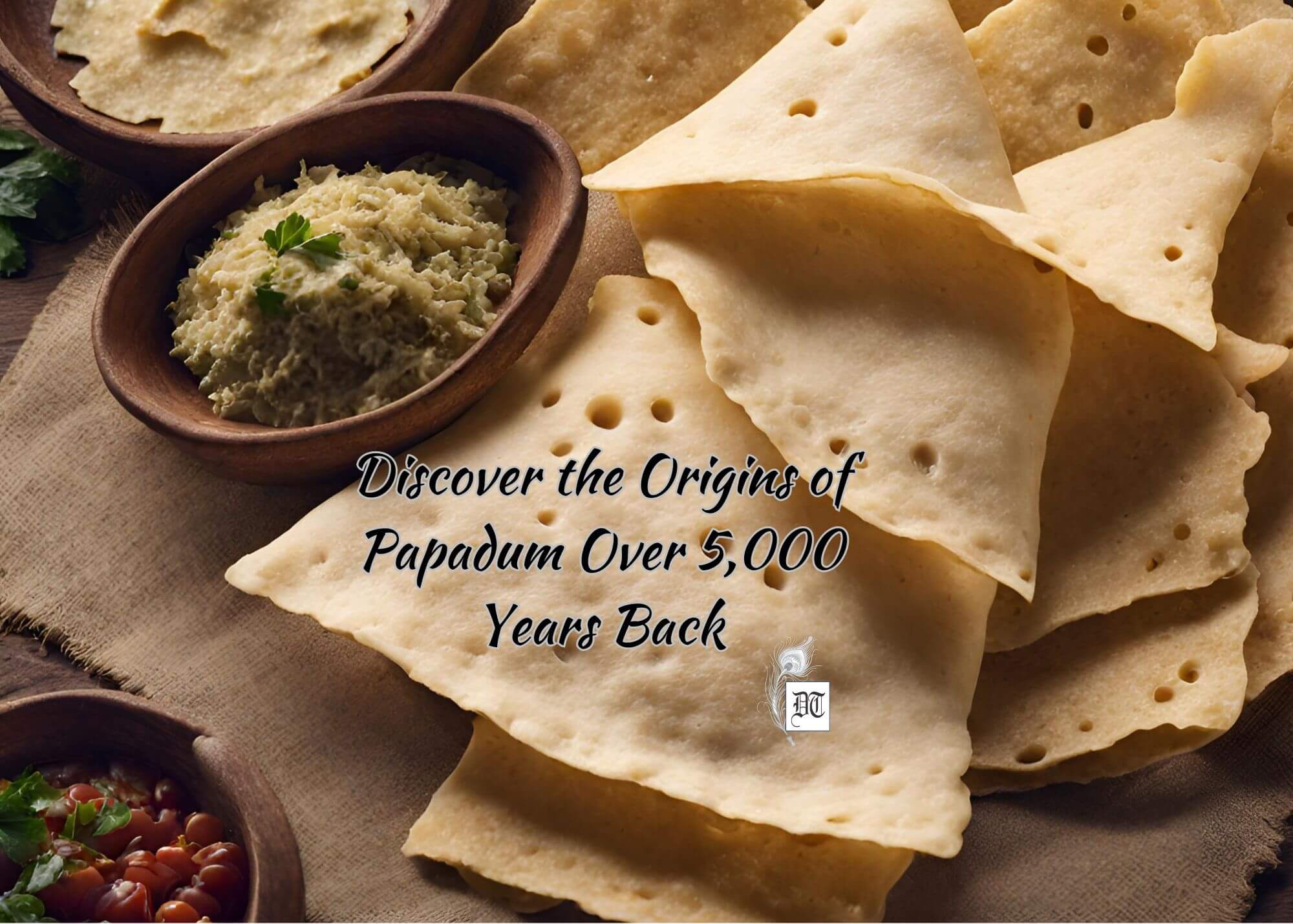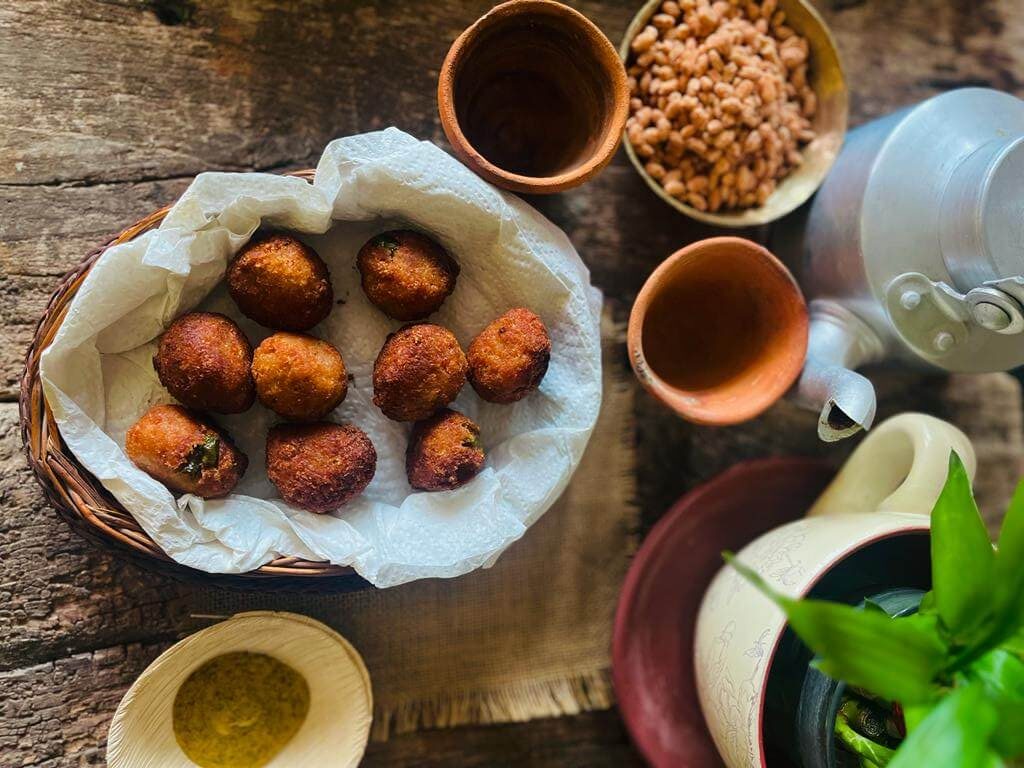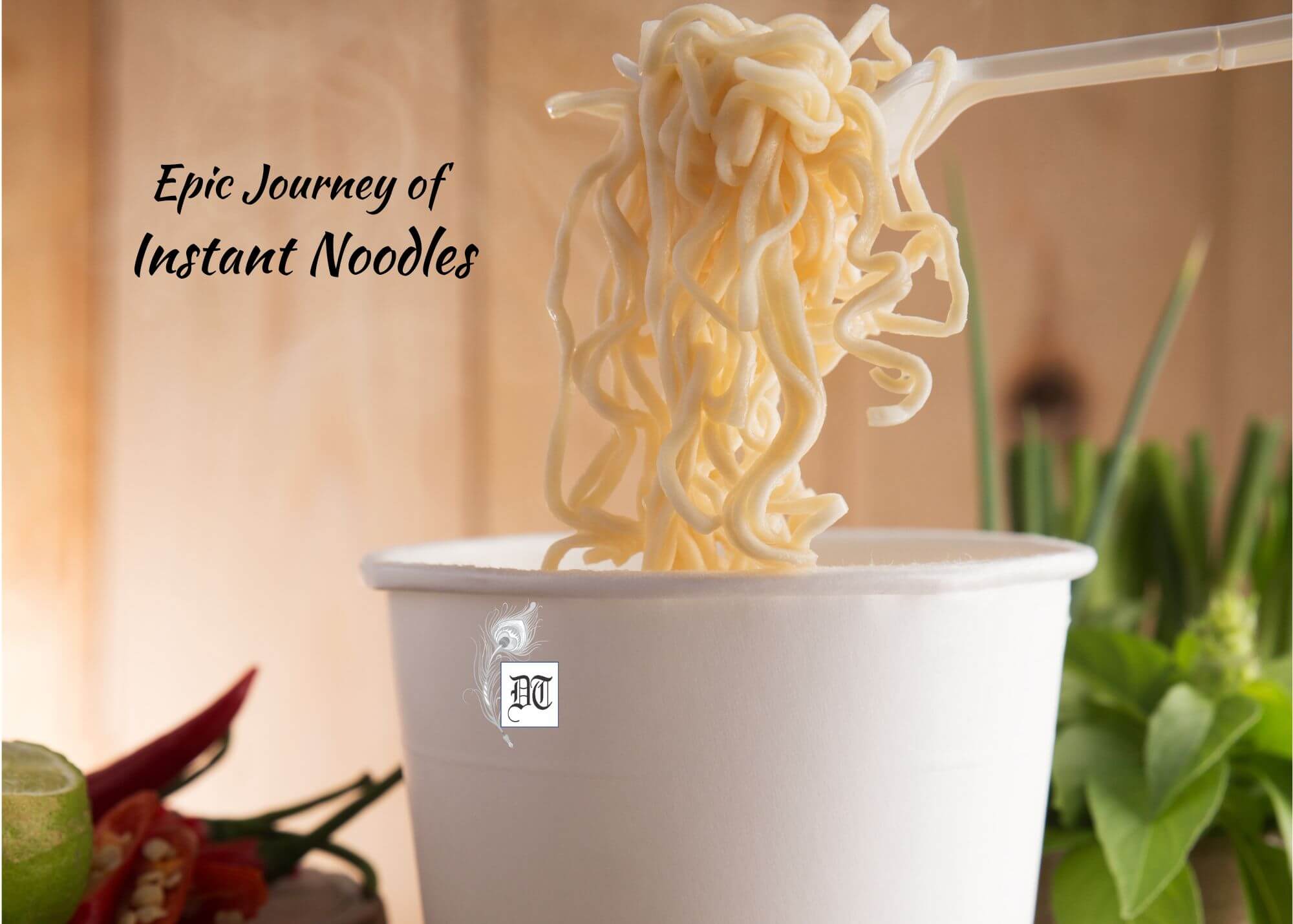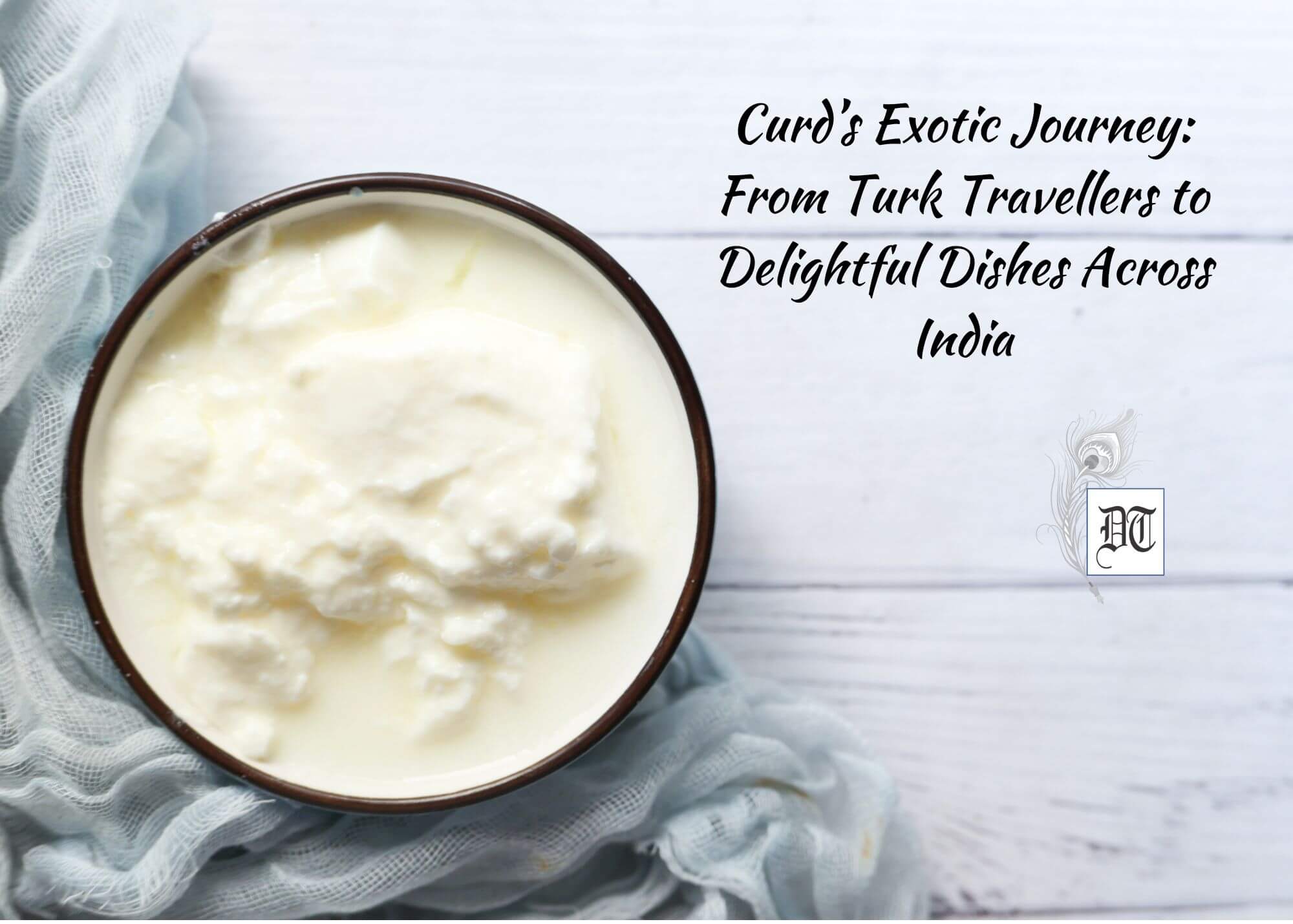Cookbooks written in Arabia between the 10th and 13th centuries speak about these savoury pastries as Sanbusak. This word comes from the Persian word, Sanbosag. The Central Asian communities carrying it while traveling. They would make and fill these triangular mince filled pastry puffs around the camp fire during night halts. These snacks would be filled into the saddle bags and eaten along the journey. Samosas reached South Asia with the cooks from the Middle East and Central Asia, who came to work in the kitchens of the sultans of the Muslim Delhi sultanate. Amir Khusro, who was the court poet and a renowned scholar documented that the princes and nobility relished these “samosas prepared from mince, ghee, onion and so on.” Once it reached India, the samosa took on a fresher vegetarian avatar in Uttar Pradesh. Hundreds of years later, it was to become the most widely eaten snack in our country. Lily traces the origin of the tasty, tangy samosa, in the weekly column, exclusively for Different Truths.
Meeting loved ones, cracking jokes in the office break or ordering a snack to cheer yourself up? What you most probably have in your mind is a plate full of steaming hot samosas, straight from the oil bubbling kadhai (an Indian wok), in which it was fried. Oh yes, a lot of us don’t think twice before stuffing our salivating mouths with a hot samosa with tangy chutneys to break the ice anywhere, anytime. If there is a cup of desi chai, the Indian version of strong tea with ginger or other herbs and spices in it, then the world seems to be a happy place all at once. If there is one snack that tantalises tastes and is the prototype tongue seducer then it has to be this triangular tetrahedral pastry fried to a glorious golden crustiness.
The aromatic fillings of different kinds make it popular with millions the world over. Ruling the roost for the last eight centuries in Southeast Asia, this stuffed sensation has been loved equally by both emperors and commoners. The palaces and gullies of India and Pakistan have been a slave to the robust flavours and tastes hidden in this dough. My easily gullible though presumptuous brain had me believing that the samosa is definitely Indian in its origin. Well, I was in for a rude shock when I realised after researching  that although it definitely huge on the food popularity charts as Indian, its ancestry is Central Asian and Middle Eastern. Cookbooks written in Arabia between the 10th and 13th centuries speak about these savoury pastries as Sanbusak. This word comes from the Persian word, Sanbosag. I can easily visualise the Central Asian communities carrying it while traveling. I read somewhere that they would make and fill these triangular mince filled pastry puffs around the camp fire during night halts. These snacks would be filled into the saddle bags and eaten along the journey.
that although it definitely huge on the food popularity charts as Indian, its ancestry is Central Asian and Middle Eastern. Cookbooks written in Arabia between the 10th and 13th centuries speak about these savoury pastries as Sanbusak. This word comes from the Persian word, Sanbosag. I can easily visualise the Central Asian communities carrying it while traveling. I read somewhere that they would make and fill these triangular mince filled pastry puffs around the camp fire during night halts. These snacks would be filled into the saddle bags and eaten along the journey.
Samosas reached South Asia with the cooks from the Middle East and Central Asia, who came to work in the kitchens of the sultans of the Muslim Delhi sultanate. Amir Khusro, who was the court poet and a renowned scholar documented that the princes and nobility relished these “samosas prepared from mince, ghee, onion and so on.”
Once it reached India, the samosa took on a fresher vegetarian avatar in Uttar Pradesh. Hundreds of years later, it was to become the most widely eaten snack in our country. As the whole world is aware, India has a huge disparity in culture and customs according to the regions. The effect on food is similarly diverse. Each area gives its own typical and unique twist to the same food.
 The North Indians clothe their samosa with maida flour and fill it with mashed boiled potatoes, spices, peas, and green chilies. There are other variants like too like the paneer samosa made from an indigenous fresh cottage cheese. North Indians and Pakistanis love meat in their samosas so there are lamb, chicken, and beef mince fillings galore! My memories of licking up a platter of these fattening highly calorific fellows are on rainy evenings in Chandigarh. Sitting at home with my parents, devouring more than one, after lacing it with sweet and sour tamarind chutney, and a very pungent and hot mint and coriander chutney. The tastes of childhood remain embedded for life. The thing that sets apart a good samosa from a bad one is that it should be piping hot. The ones that Dhabas and roadside eateries serve might have flies hovering around and a sickly dog looking hopefully towards you, but believe me, they taste the most authentic. The sterile versions are at best safe and healthy because the server is wearing gloves! Another typical method of eating samosas is to accompany them with Chana or Punjabi Chhole (chickpeas). It is by far the most deadly combination. For those of my friends who live around the hills, I am sure you have at some time in life had what we called the ‘Bun-samosa’. A unique burger with spicy chutneys and raw onions hitting your taste buds. How can I miss talking about the Samosa chat, which could be doused in lyrical yogurt or scrumptious sauces, ornamented with chopped onions! The whole bombshell of flavours explode in the mouth. Hey, you got to eat it to believe me dear chaps. Try the Bun-samosa shop in the bazaar in Kasauli. A sweet version filled with condensed milk solids is known as the mawa or gujiya samosa.
The North Indians clothe their samosa with maida flour and fill it with mashed boiled potatoes, spices, peas, and green chilies. There are other variants like too like the paneer samosa made from an indigenous fresh cottage cheese. North Indians and Pakistanis love meat in their samosas so there are lamb, chicken, and beef mince fillings galore! My memories of licking up a platter of these fattening highly calorific fellows are on rainy evenings in Chandigarh. Sitting at home with my parents, devouring more than one, after lacing it with sweet and sour tamarind chutney, and a very pungent and hot mint and coriander chutney. The tastes of childhood remain embedded for life. The thing that sets apart a good samosa from a bad one is that it should be piping hot. The ones that Dhabas and roadside eateries serve might have flies hovering around and a sickly dog looking hopefully towards you, but believe me, they taste the most authentic. The sterile versions are at best safe and healthy because the server is wearing gloves! Another typical method of eating samosas is to accompany them with Chana or Punjabi Chhole (chickpeas). It is by far the most deadly combination. For those of my friends who live around the hills, I am sure you have at some time in life had what we called the ‘Bun-samosa’. A unique burger with spicy chutneys and raw onions hitting your taste buds. How can I miss talking about the Samosa chat, which could be doused in lyrical yogurt or scrumptious sauces, ornamented with chopped onions! The whole bombshell of flavours explode in the mouth. Hey, you got to eat it to believe me dear chaps. Try the Bun-samosa shop in the bazaar in Kasauli. A sweet version filled with condensed milk solids is known as the mawa or gujiya samosa.
I am dying to tell you all about the Hyderabadi Lukhmi. The first time Kamaal Bhai, one of our neighbours brought it home during Ifthar, I was blown away by the thick crusted, differently shaped version of a samosa. It was of course filled with mince and the recipe goes back much before the Nizami era, I was told.
One visit to Bengal and you encounter the very differently flavoured, Shinghara. We were posted in North Bengal, near Siliguri, when I first chanced upon it in a bazaar. It was rather intriguing with its unmashed potato filling and flakier pastry. The ones I ate had peanuts in them!
In South India, the local flavours and spices give it a different aura. One could eat samosas with a cabbage or carrot filling. Besides, they are folded into somewhat different looking parcels. The predominance of curry leaves is discernible too.
The people of Goa call their samosas, Chamucas and their fillings are generally minced pork, chicken or  beef. It is said that the invaders carried these Chamucas to Mozambique, Brazil, and Portugal, where they are called Pasteis.
beef. It is said that the invaders carried these Chamucas to Mozambique, Brazil, and Portugal, where they are called Pasteis.
The Turkic speaking Central Asian countries bake what they call a Somsa instead of frying it. Besides cheese, minced lamb and onion, pumpkin is also popular here. The Arab countries near the Mediterranean, have Sambusa, which is semi-circular in shape. The common fillings are feta cheese, spinach, and minced chicken or meat. Chickpeas may be added on by the Israelis. Eritrea, Somalia, Ethiopia serve their Sambusas traditionally during Ramadan, Christmas and for special days.
I hate to say it, but there are baked and far healthier versions of samosas available, now. It simply takes away the guilt and the calories but it is not the real deal and our hearts know it even if our tongues are fooled. Also, people living away from home can go to the freezer section and buy frozen samosas, which one can fry at home.
Homemade samosas can be made with the addition of the vegetables of one’s choice. The westernisation of our kitchens and taste buds have given us the pizza samosa and the macaroni samosa, along with the truly ingenious dessert varieties like the Chocolate samosa and believe it or not, Apple pie samosa! So much for globalisation!
So let’s not wait for a rainy day to munch on these fun-filled packets. Yes! You are right, I am sad now that I know now that they are not born in India. “Oye Chhotu, thhodi chutney hore pa, teri Bhabhi puchhegi,” is an often heard refrain at shops selling these triangle tasty stuffs!
Ciao till next week!
© Lily Swarn
Photos from the internet.
#HistoryAndMysteryOfFood #Samosa #HistoryOfSamosa #KindsOfSamosas #GenesisOfSamosa #DifferentTruths






 By
By

